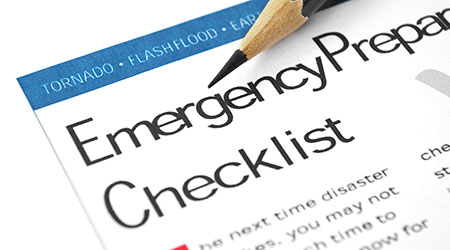One of the facility department’s key functions is to identify, adequately prepare for and mitigate risks to building occupants, staff and operations. A comprehensive emergency preparedness program with a library of emergency operating procedures (EOPs) shows the department’s commitment and due diligence. Without this prescribed level of preparation, facility managers are flying by the seat of their pants, shouldering unnecessary risk, according to an article from Building Operating Management on the FacilitiesNet website.
Most emergency preparedness documents focus on macro-level events, such as active shooter, significant weather, fire, and catastrophic facility damage. While important, these high-level overviews often fall short of the requisite detail needed to safely and efficiently direct the boots in the field.
Additionally, the probability of a facility experiencing such major events is extremely low, especially when compared to the more common occurrences of power anomalies, equipment failures, and operational miscues. The higher risk vulnerabilities reside at the system and equipment level.
Most facility organizations have not drafted step-by-step responses to the various emergencies and incidents that are routinely encountered. Rather, they rely on the quick thinking of the responding team members and their ability to comprehensively recall all the actions necessary to mitigate collateral damage and to restore normal operations. This opens the organization, the department, and staff to increased risk. Thus, specific, deliberate preparations must be taken to develop, deploy, and maintain emergency operating procedures and harden the facility department’s emergency preparedness.
Read the full Building Operating Management article.

 Contaminants Under Foot: A Closer Look at Patient Room Floors
Contaminants Under Foot: A Closer Look at Patient Room Floors Power Outages Largely Driven by Extreme Weather Events
Power Outages Largely Driven by Extreme Weather Events Nemours Children's Health Opens New Moseley Foundation Institute Hospital
Nemours Children's Health Opens New Moseley Foundation Institute Hospital Code Compliance Isn't Enough for Healthcare Resilience
Code Compliance Isn't Enough for Healthcare Resilience Ribbon Cutting Marks First Phase Completion for New Montefiore Einstein Facility
Ribbon Cutting Marks First Phase Completion for New Montefiore Einstein Facility